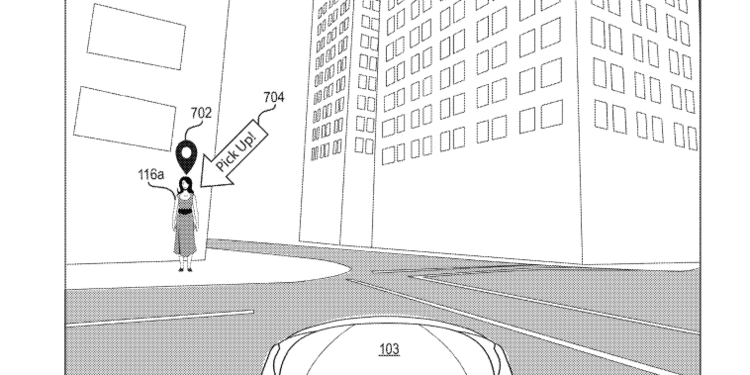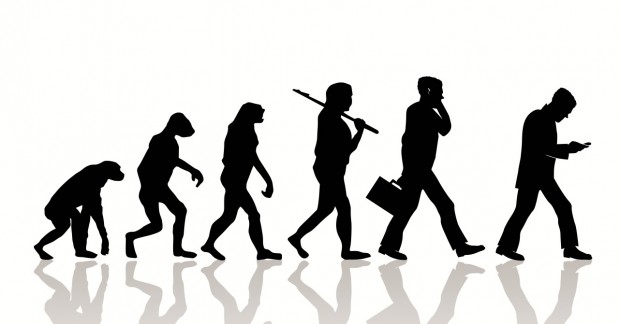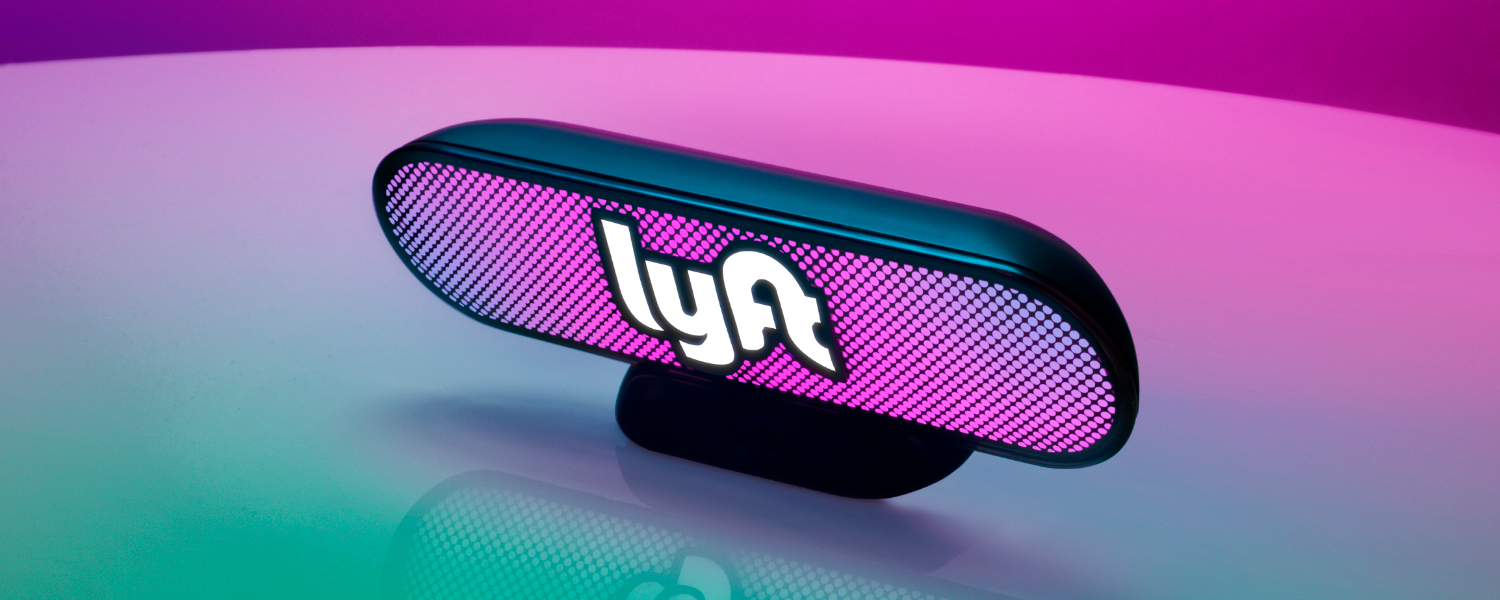When a new generation of products and services are unveiled, it’s easy to get caught up in the novelty and advances of the underlying technology. We see it all the time at conventions like CES where LG displayed an array of 268 curved OLED TVs from floor to ceiling called the “waterfall.”
Samsung recently debuted a foldable smartphone too. While no doubt impressive, these products fail to answer a basic question, would this really be both practical and, most importantly, useful? We frequently see what Charlie Munger would call “man with a hammer syndrome” in Silicon Valley where entrepreneurs think that have discovered a way to change the world, but the public has the opposite view.
Google Glass Lesson
Google Glass had this same issue when it launched back in 2013. Google was bringing a digital interface to your real-world point of view and enabled hands-free picture and video capture from a true first-person perspective. Despite these innovations, Google Glass failed. The reasons are complex but can be summed up like this: the utility of the device did not outweigh all the drawbacks such as privacy concerns, price, etc.
Our Experience with Smart Glasses
We have tried many of the early augmented reality (AR) wearables from the Microsoft Hololens and Magic Leap One to ODG and DAQRI smart glasses. Each headset gave a glimpse into what could be possible when adding a digital overlay onto the world but was otherwise an underwhelming experience and lacked any compelling use cases to warrant the price tag.
Beyond hardware, AR software companies like Blippar have floundered after raising capital at a billion dollar plus valuation on impressive demos and initial customer interest. Problem was, just like everything mentioned above, the utility of their experiences was limited.
A Compelling AR Use Case from Lyft
After numerous failed promises of the wonders of augmented reality glasses over the last few years (see the infamous Magic Leap whale video), a patent from Lyft caught our attention. Lyft is using augmented reality to develop a feature that allows a driver and passenger waiting to be picked up to be highlighted in their real-world point of views so they can easily find each other.

Here’s what the patent looks like in action from the rider’s perspective:

And based on historical data, Lyft will identify and highlight an ideal pickup location based on the passenger’s current location, traffic conditions, and road restrictions.

This is leaps and bounds better than using a 2-D map on a 5-inch smartphone screen.
Blue Vision Acquisition
In order to bring these concepts to reality, Lyft acquired UK-based augmented reality startup Blue Vision Labs for a reported $72 million. Blue Vision had spent the last two years developing city-scale AR Cloud technology in which users can see the same digital content in real-time (shown below) and interact with each other in augmented reality.

Blue Vision has some pretty impressive mapping tech that powers their AR experiences. Built using fleets of vehicles equipped with smartphones, Blue Vision created centimeter-accurate 3D maps that cover entire cities. These maps of the city become canvases for digital paintings that will revolutionize how we interact with information.

In addition to overlaying a city with helpful holograms, this technology helps cars know where they are, what is around them, and what they should do next. This is obviously an important factor in self-driving car tech, which is why Blue Vision’s team will be placed within Lyft’s Level 5 autonomous car division.
Tip of the Iceberg
It’s examples like this one from Lyft that make it hard to deny the potential and practicality of augmented reality. It’s only a matter of time before the user interfaces of our mobile devices are projected onto the world around us. The exciting part of this is that we will begin to reverse the trend of evolution as we hunch over our screens all day. With augmented reality glasses, humanity will begin standing up a little straighter.

More use cases like Lyft’s will continue to drive initial smartphone AR usage. Apple and Google launched AR development kits, and reportedly, one of Apple’s 2019 smartphones will have 3 cameras on the back which will dramatically enhance AR tracking functionality. Apple, Facebook, Google and Microsoft are all investing heavily their own AR glasses. The race towards mainstream adoption of these wearables will drive stock prices up and down over the next decade-plus. And thanks to compelling use cases like Lyft’s and much-improved hardware, AR glasses of the 2020s will be a much easier sell than Google Glass.
Disclaimer: We actively write about the themes in which we invest or may invest: virtual reality, augmented reality, artificial intelligence, and robotics. From time to time, we may write about companies that are in our portfolio. As managers of the portfolio, we may earn carried interest, management fees or other compensation from such portfolio. Content on this site including opinions on specific themes in technology, market estimates, and estimates and commentary regarding publicly traded or private companies is not intended for use in making any investment decisions and provided solely for informational purposes. We hold no obligation to update any of our projections and the content on this site should not be relied upon. We express no warranties about any estimates or opinions we make.
